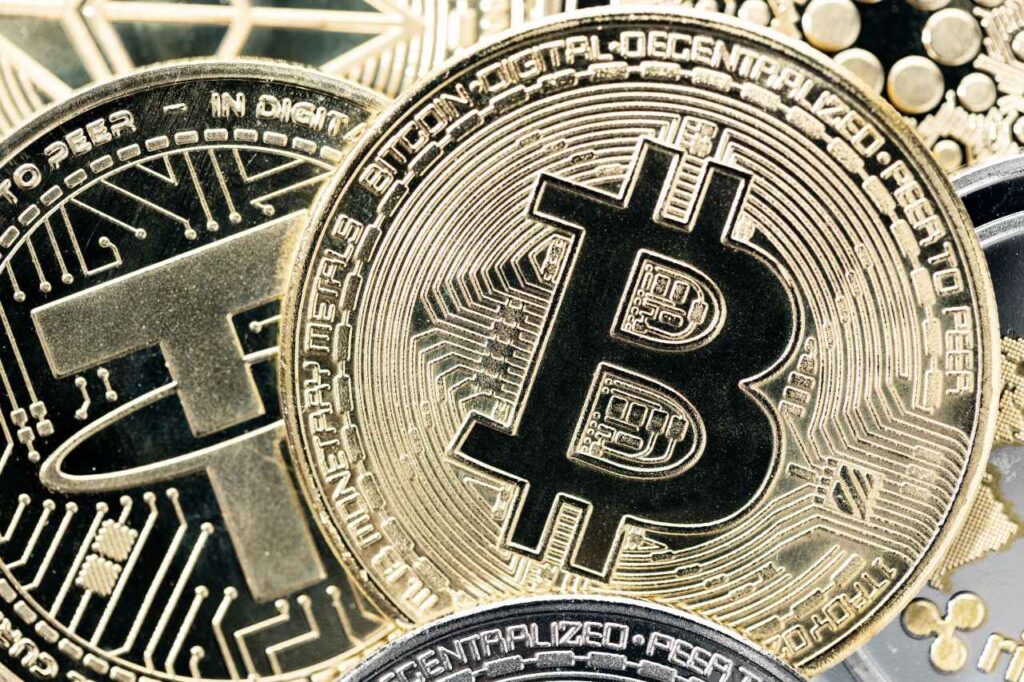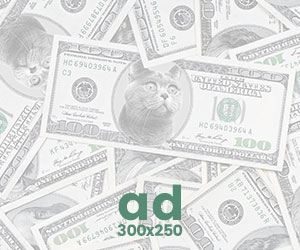In the world of cryptocurrency, stablecoins like USDT (Tether) and USDC (USD Coin) have become essential tools for traders, investors, and businesses. These digital assets are pegged to the US dollar at a 1:1 ratio, offering stability in an otherwise volatile crypto market. As more users turn to stablecoins for transactions and value storage, the question often arises: Should you choose USDT or USDC? While both stablecoins serve similar purposes, they have distinct differences that can impact your decision, depending on your specific needs. Let’s dive into the key factors to consider when choosing between USDT and USDC, from transparency and regulatory compliance to liquidity and fees.

Whether you prioritize liquidity or transparency, choosing between USDT and USDC depends on your individual needs in the crypto ecosystem.

Transparency – A Key Differentiator
When it comes to transparency, USDC has earned a reputation for being the more open and trustworthy option. Issued by Circle, USDC’s transparency is backed by monthly attestation reports from independent accounting firms. These reports confirm that the amount of USDC in circulation is fully backed by US dollar reserves, giving users peace of mind. Circle’s commitment to providing clear, reliable information has also helped increase its adoption among institutional investors and regulatory bodies, making USDC a popular choice for those looking for accountability in the crypto space.
On the other hand, USDT (Tether), issued by Tether Limited, has faced criticism over the years for its lack of transparency, especially regarding the full backing of its reserves. Tether has long maintained that each USDT token is backed by reserves equal to its circulating supply, but it has been slower to provide the same level of detailed, third-party audits as USDC. Although Tether now provides quarterly reports, its transparency practices have been a point of contention, leaving some users skeptical about the token’s full reserve backing.
Despite these concerns, Tether has never been proven to operate outside of the regulatory bounds, and it continues to hold a large share of the stablecoin market. Nonetheless, if transparency is a top priority for you, USDC’s thorough auditing process might be the more attractive option.
Regulatory Compliance and Security
Regulatory compliance is another area where USDC shines, especially for institutions and users within traditional financial systems. Circle, the issuer of USDC, stores its reserves in regulated US financial institutions and adheres to strict Know Your Customer (KYC) and Anti-Money Laundering (AML) guidelines. This makes USDC a safer option for users who are concerned about compliance with financial regulations, making it an appealing choice for institutional investors, large businesses, and platforms that need to comply with stringent financial laws.
Tether, in contrast, has had a more complicated regulatory journey. While Tether has worked to improve its compliance measures, such as implementing KYC and AML procedures, its regulatory approach remains less transparent compared to USDC. This has led to occasional scrutiny from regulators, particularly around its reserves and operational practices. However, Tether has defended itself, stating that it is fully compliant with all necessary regulations and has maintained a strong relationship with law enforcement agencies.
Ultimately, if regulatory compliance is a critical concern for you—particularly if you are operating in a more traditional financial environment—USDC may be the better choice. Its clear, audited practices provide greater assurance of its legitimacy and security.
Liquidity and Adoption – USDT’s Dominance
While USDC offers greater transparency and regulatory compliance, USDT has the edge when it comes to liquidity and market adoption. Tether has been around since 2014, making it one of the oldest and most widely used stablecoins in the cryptocurrency space. Its extensive adoption means that USDT is available on nearly every exchange, with many trading pairs offering USDT as a primary base currency. As a result, USDT is the most traded stablecoin by volume, offering unparalleled liquidity and ease of access for most crypto users.
The widespread adoption of USDT also means that it is supported by virtually every blockchain, making it an incredibly versatile option for users who need to move funds across different platforms. Tether’s high liquidity is especially valuable for traders who need to enter and exit positions quickly, without worrying about slippage or delays in transferring assets.
In contrast, USDC has seen slower adoption and market share growth, although it is growing steadily. While USDC is available on major exchanges and is supported by a variety of blockchains, it is not as deeply ingrained in the crypto ecosystem as USDT. That being said, USDC has gained significant traction in the DeFi (decentralized finance) space, especially on platforms that prioritize regulatory compliance and transparency.
If liquidity and broad market access are key considerations for you, USDT is likely the better option, especially if you are a trader looking for flexibility and speed in your transactions.
Choosing the Right Stablecoin for Your Needs
Both USDT and USDC offer distinct advantages, and the choice between the two ultimately depends on your individual needs and goals within the cryptocurrency ecosystem.
If you prioritize liquidity, adoption, and flexibility across multiple platforms, USDT may be your go-to stablecoin. Its widespread use in the crypto market, high trading volume, and availability on nearly every exchange make it a convenient and reliable option for traders looking for seamless market access.
However, if you value transparency, regulatory compliance, and a more secure, fully-backed stablecoin, USDC is the better choice. Circle’s commitment to regular third-party audits and its adherence to KYC and AML guidelines make USDC a trustworthy option for institutional investors and users who are concerned about compliance and accountability.
In the end, stablecoins like USDT and USDC are playing an increasingly important role in the global financial ecosystem, bridging the gap between traditional finance (TradFi) and digital assets. Whether you choose USDT or USDC, both offer unique benefits and are crucial to the growth of decentralized finance, making it easier for users to transact, invest, and hold value in the world of cryptocurrency.





